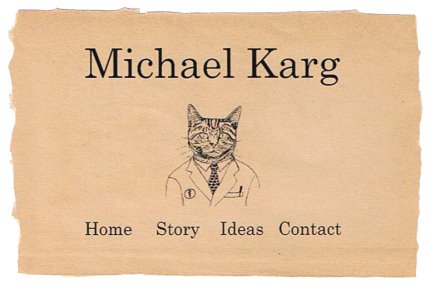

 Always, I tinker. Whether building, gardening, practicing veterinary medicine, or writing, I tinker. A project always needs subtle refinements to get things just right. Every day brings a new perspective and a chance to tinker some more. The illustrations in picture books are the real stars, and the text is usually only a few hundred words long. But, the plot and the rhythm must be solid and smooth and it can take some time to find just the right word. Always, I tinker.
Always, I tinker. Whether building, gardening, practicing veterinary medicine, or writing, I tinker. A project always needs subtle refinements to get things just right. Every day brings a new perspective and a chance to tinker some more. The illustrations in picture books are the real stars, and the text is usually only a few hundred words long. But, the plot and the rhythm must be solid and smooth and it can take some time to find just the right word. Always, I tinker.
My picture book themes range far and wide, but three that figure prominently are dreams, nature and machines. I'm fascinated by how this triangle defines our civilized world. Friction between the mechanized and natural world is not a new problem. For over two million years, we have shaped earthen things into tools and then shaped the earth with those tools. There is something primal in dreaming up bigger and better tools and machines. It is part of our DNA. The first picture books were wordless masterpieces on the walls of caves. These plans and maps and schemes are all about imagination and animals and the stuff we build. From Beatrix Potter's Peter Rabbit (1902) to Robert McCloskey's Make Way for Ducklings (1941) to Marion Duane Bauer and Ekua Holmes's The Stuff of Stars (2018), there are many brilliant stories on the conflicts and collaborations of human and the physical world, created for children. Picture book stories have obstacles, and the challenge of the writer and illustrator is to put that solvable problem in reach. Before kids can read, we read to them. They will master our complex written language later, but they love animals, they love to build stuff and they have vivid dreams, day and night.
|